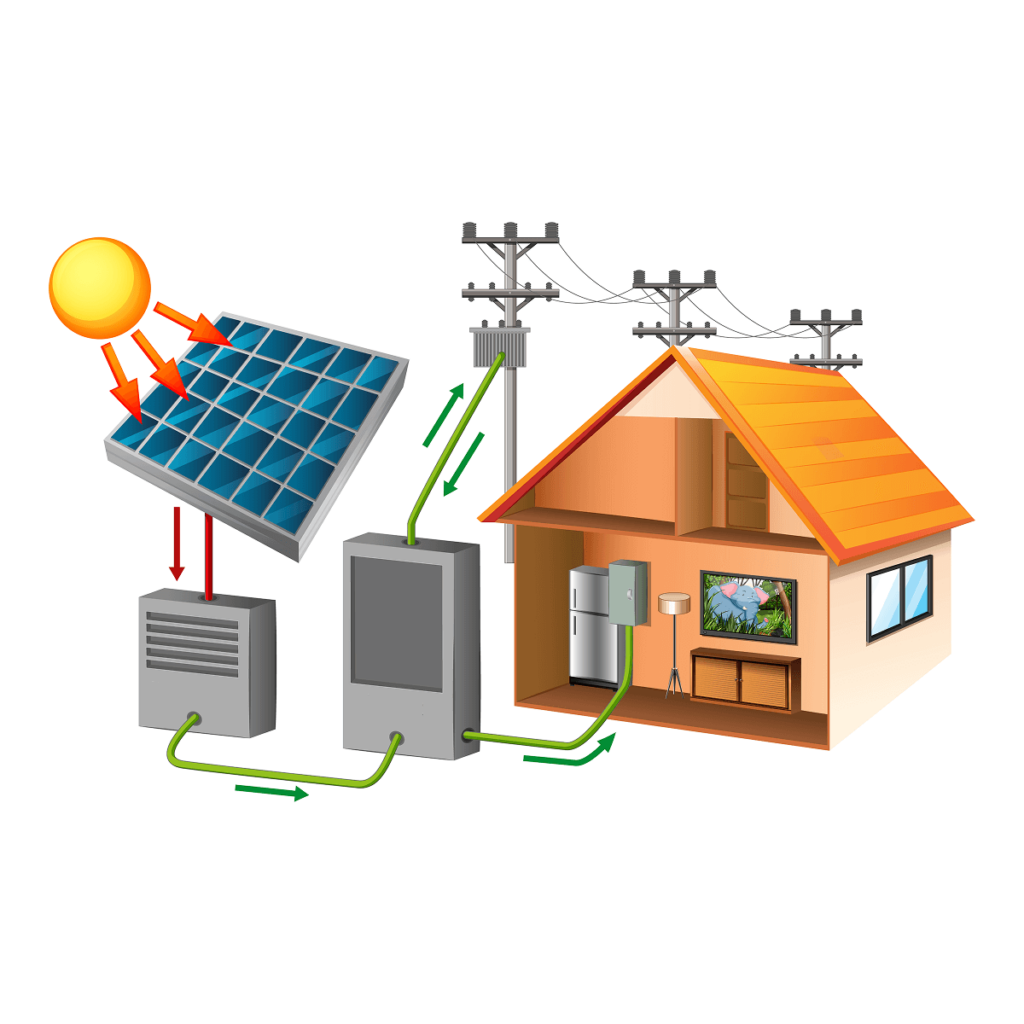With numerous government rebates and ongoing offers from retailers like Arise Solar, residents in NSW, SA, and QLD are increasingly moving toward 100% energy independence by adopting solar batteries. A common question among customers is whether they can install the solar battery themselves. This blog aims to guide you through the solar battery installation process step-by-step.
Solar Battery Installation Process
The installation of a solar battery typically involves several key steps:
- Assessment of the Property: Evaluate the property to determine the best battery options.
- Choosing the Battery: Select a battery based on the size of your solar system.
- Securing Permits: Obtain any necessary permits for installation.
- Preparing the Site:Get the installation site ready.
- Installation: Install the battery and wiring.
- Testing the System:Ensure that everything is functioning correctly.
- Customer Training: Provide training on how to use and monitor the system.
This process usually begins one or two days before the actual installation, during which your solar panels and battery storage systems may be delivered. On installation day, an accredited installer and a professional engineer must be present to ensure that the process runs smoothly. As a customer, it is vital to verify their accreditation.
After installation, you will receive the relevant paperwork, and your installer will guide you on how to operate the solar battery system and any associated monitoring app.
Installation Duration
The solar battery installation process can take anywhere from 1 to 3 days, depending on the size of the system and the complexity of the job. If your system includes a monitoring app, the installer will set it up for you and demonstrate how to use it effectively.

Ideal Locations for Solar Battery Installation
Solar batteries should ideally be installed in a garage adjacent to your home or on an outdoor wall. Garages typically provide more stable, controlled temperatures compared to outside or loft installations, which helps extend the battery’s lifespan. Additionally, installing it in a garage reduces exposure to moisture.
Battery Mounting
In many cases, your battery will need to be mounted on a wall or a solid, flat base to ensure stability. Regardless of the mounting type, it’s essential that your installer leaves a minimum of 30 cm of space on every side of the battery, as well as 30 cm around each side of the inverter.
Connection to the Inverter
It’s crucial to install the battery near your inverter to minimise electricity loss during transfer. Without proper connection, the solar battery may not have a power source to store energy.
Battery Commissioning
Battery commissioning involves ensuring that the battery system is correctly installed, tested, and certified to meet safety and performance standards.
Can I Install My Own Solar Battery System?
We do not recommend that you attempt to install your solar battery system yourself. Doing so could result in poor system performance or pose safety risks to your household.
Even if you are a qualified engineer, you should only undertake installation if you are certified and authorised. Otherwise, it is advisable to leave this complex task to Arise Solar’s CEC-accredited installers, who will handle the entire solar battery installation process and provide you with detailed instructions on how to use the system.




